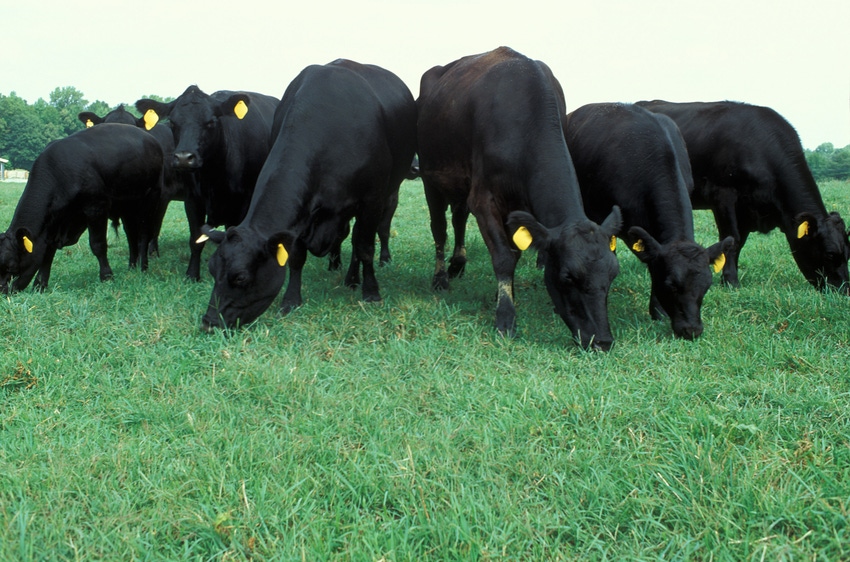November 16, 2013

I've been working on a feature article about the success of Nebraska beef producer Doug Ferguson using sell-buy livestock marketing in his stocker-backgrounder operation. I mentioned Ferguson in last weeks' blog.
As I often do when writing, I went to social media to get feedback from others on the topic. I find this strategy useful because many times I get some really good comments which give me new ideas and inspiration for writing.
This topic however, didn't yield the usual helpful results. Instead the comments made me realize when it comes to sell-buy livestock marketing there's a lot of things people "think" they know but there's also a lot of things they don't. This form of livestock marketing is nothing new and is likely as old as the cattle business itself. In the past it's also been referred to by some as pinhooking or upgrading cattle.
So, to help clear up any confusion I'm going to explain the difference, with Ferguson's help of course.
First off, before we can clearly define what sell-buy marketing is, we must understand what it is not. One of the most common methods of marketing cattle is through a buy-sell method. Notice the reversal of the wording.
Buy-sell marketing means your accounting is all on the cattle you currently hold. It involves trying to time the cattle market and purchasing cattle at a low price, then holding onto these cattle for a period of time before selling, then figuring your profits or losses as sale price minus purchase price. This method increases risk given the fact that the market may go higher or lower while the buyer hopes to achieve some kind of margin on the sell.
Sell-buy marketing works differently. The cornerstone of this marketing method is selling the livestock you currently hold and buying replacement stock. Part of the goal is to sell "overvalued" stock and buy back "undervalued" livestock.
"We sell an animal and replace it with an animal of lesser value, taking our profit on the buy end," says Ferguson. "The ability to replace cattle at a profit dictates what we sell."
This philosophy is much different from the aforementioned buy-sell method and gives the cattle marketer the ability to greatly reduce or eliminate risk exposure and because transactions are made quickly and in a relatively short time window (usually the same day or week).
I'm starting to agree with Ferguson when he says "marketing is one of the least understood aspects of the cattle business." Sell-buy livestock marketing is not easy to implement. If done incorrectly money can be lost. Nor is it by any means the only method to market cattle. But for those out there using it effectively, sell-buy marketing can be a game changer.
Be sure to look for my article in the November print issue of Beef Producer to learn more as I explain Ferguson's experiences using this cattle marketing method to build his stocker-backgrounder business and how you can use these methods for yourself.
About the Author(s)
You May Also Like




